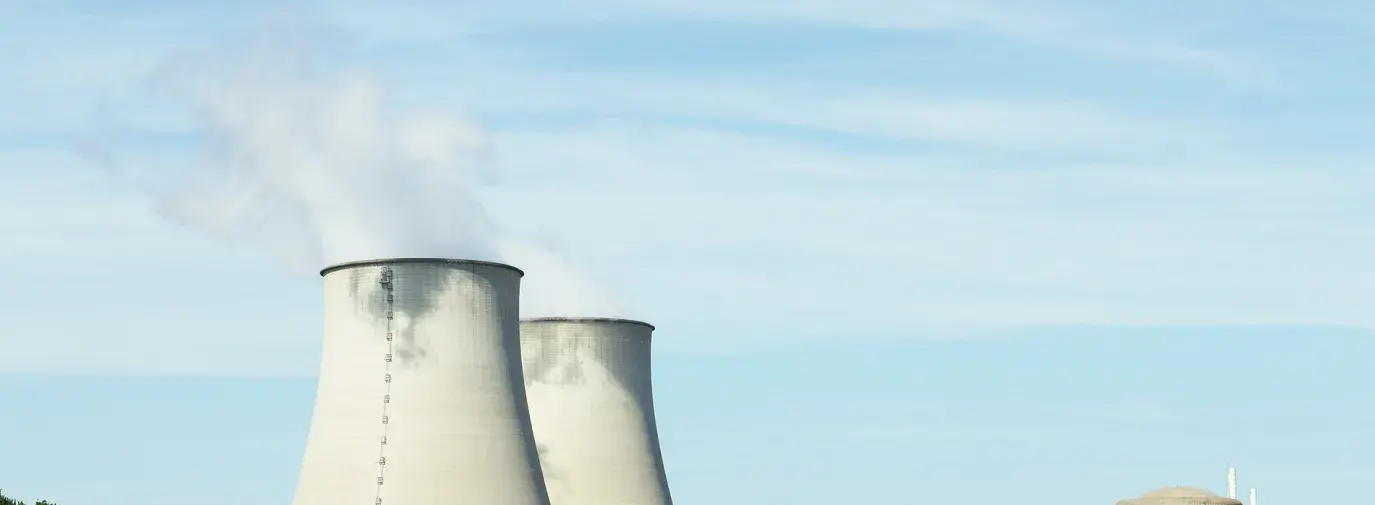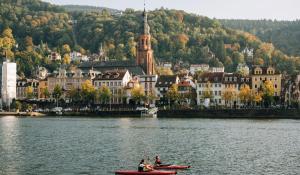
There is a new glow for nuclear energy. With the growing energy needs of artificial intelligence, major tech companies like Microsoft, Google, and Amazon are looking to nuclear energy – including everything from re-opening Three 3-mile island to building smaller nuclear plants around the country – to provide low-carbon energy. But nuclear fission power is not a climate solution. It may produce lower-carbon energy, but this energy still comes with a great deal of risk.
Solar power, wind power, geothermal power, and aggressive energy efficiency are climate solutions that are safer, cheaper, faster, more secure, and less wasteful than nuclear energy. Our country needs a massive influx of investment in these solutions if we are to avoid the worst consequences of climate change, enjoy energy security, jump-start our economy, create jobs, and work to lead the world in development of clean energy.
Here are 10 reasons why nuclear energy is a bad idea:
1. Nuclear waste:
The waste generated by nuclear reactors remains radioactive for hundreds of thousands of years and needs to be kept contained for one million years. Currently, there are no long-term storage solutions for radioactive waste, and most is stored in temporary, above-ground facilities. These facilities are running out of storage space, so the nuclear industry is turning to other types of storage that are more costly and potentially less safe.
2. Nuclear proliferation:
There is great concern that the development of nuclear energy programs increases the likelihood of proliferation of nuclear weapons. As nuclear fuel and technologies become globally available, the risk of these technologies falling into the wrong hands is increasingly present. To avoid weapons proliferation, it is important that countries with high levels of corruption and instability be discouraged from creating nuclear programs, and the US should be a leader in nonproliferation by not pushing for more nuclear power at home.
3. National security
Nuclear power plants are a potential target for terrorist operations. An attack could cause major explosions, putting population centers at risk, as well as ejecting dangerous radioactive material into the atmosphere and surrounding region. Nuclear research facilities, uranium enrichment plants, and uranium mines are also potentially at risk for attacks that could cause widespread contamination with radioactive material.
4. Accidents
In addition to the risks posed by terrorist attacks, human error and natural disasters can lead to dangerous and costly accidents. The 1986 Chernobyl disaster in Ukraine led to the deaths of 30 employees in the initial explosion and caused a variety of negative health effects on thousands of people across Russia and Eastern Europe. A massive tsunami bypassed the safety mechanisms of power plants in Fukushima Japan in 2011, causing three nuclear meltdowns, resulting in the release of radioactive materials into the surrounding area. In both disasters, hundreds of thousands were relocated, millions of dollars spent, and the radiation-related deaths are being evaluated to this day. Cancer rates among populations living in proximity to Chernobyl, especially among children, rose significantly in the years after the accidents.
5. Impacts on Local Communities and Ecosystems
Nuclear power plants, which use enormous amounts of water as a coolant, increase the temperatures of local water bodies, which can harm local ecosystems and kill aquatic wildlife. Also, with climate change creating increasing water shortages, nuclear power plants are at risk of temporary shut downs since without water they can’t be cooled. In addition to the significant risk of cancer associated with fallout from nuclear disasters, studies also show increased risk for those who reside near a nuclear power plant, especially for childhood cancers such as leukemia. Workers in the nuclear industry are also exposed to higher-than-normal levels of radiation, and as a result are at a higher risk of death from cancer.
6. Energy production
The 440 nuclear power plants currently in existence provide about 9% of the world’s energy. Studies show that in order to meet current and future energy needs, the nuclear sector would have to scale up to around 14,500 plants. Uranium, the fuel for nuclear reactors, is energy-intensive to mine, and deposits discovered in the future are likely to be harder to get to. As a result, much of the net energy created would be offset by the energy input required to build and decommission plants and to mine and process uranium ore.
7. Not enough sites
Scaling up to 14,500 nuclear plants isn’t possible simply due to the limitation of feasible sites. Nuclear plants need to be located near a source of water for cooling, and there aren’t enough locations in the world that are safe from droughts, flooding, hurricanes, earthquakes, or other potential disasters that could trigger a nuclear accident. The increase in extreme weather events predicted by climate models only compounds this risk.
8. Cost
Unlike renewables, which are now the cheapest energy sources, nuclear costs are on the rise, and many plants are being shut down or in danger of being shut down for economic reasons. Initial capital costs, fuel, and maintenance costs are much higher for nuclear plants than wind and solar, and nuclear projects tend to suffer cost overruns and construction delays. For example, the recently constructed Vogtle nuclear plants in Georgia came online 7 years late and $17 billion over budget. The price of renewable energy has fallen significantly over the past decade, and it is projected to continue to fall.
9. Competition with renewables
Investment in nuclear plants, security, mining infrastructure, etc. draws funding away from investment in cleaner sources such as wind, solar, and geothermal. Financing for renewable energy is relatively scarce, as compared to fossil fuels, and threatened by political headwinds, and increasing nuclear capacity will only add to the competition for funding.
10. Energy dependence of poor countries
Going down the nuclear route would mean that poor countries, that don't have the financial resources to invest in and develop nuclear power, would become reliant on rich, technologically advanced nations. Alternatively, poor nations without experience in the building and maintaining of nuclear plants may decide to build them anyway. Countries with a history of nuclear power use have learned the importance of regulation, oversight, and investment in safety when it comes to nuclear. Dr. Peter Bradford of Vermont Law, a former member of the US Nuclear Regulatory Commission, writes, "A world more reliant on nuclear power would involve many plants in countries that have little experience with nuclear energy, no regulatory background in the field and some questionable records on quality control, safety and corruption." The U.S. should lead by example and encourage poor countries to invest in safe renewable energy technology.
Conclusion
Nuclear energy is not the answer to the climate crisis. Energy efficiency, solar and wind power are the real climate solutions.
Ready to take action? Demand corporations rapidly scale up the use of renewable energy that advances energy justice in the US and abroad.






